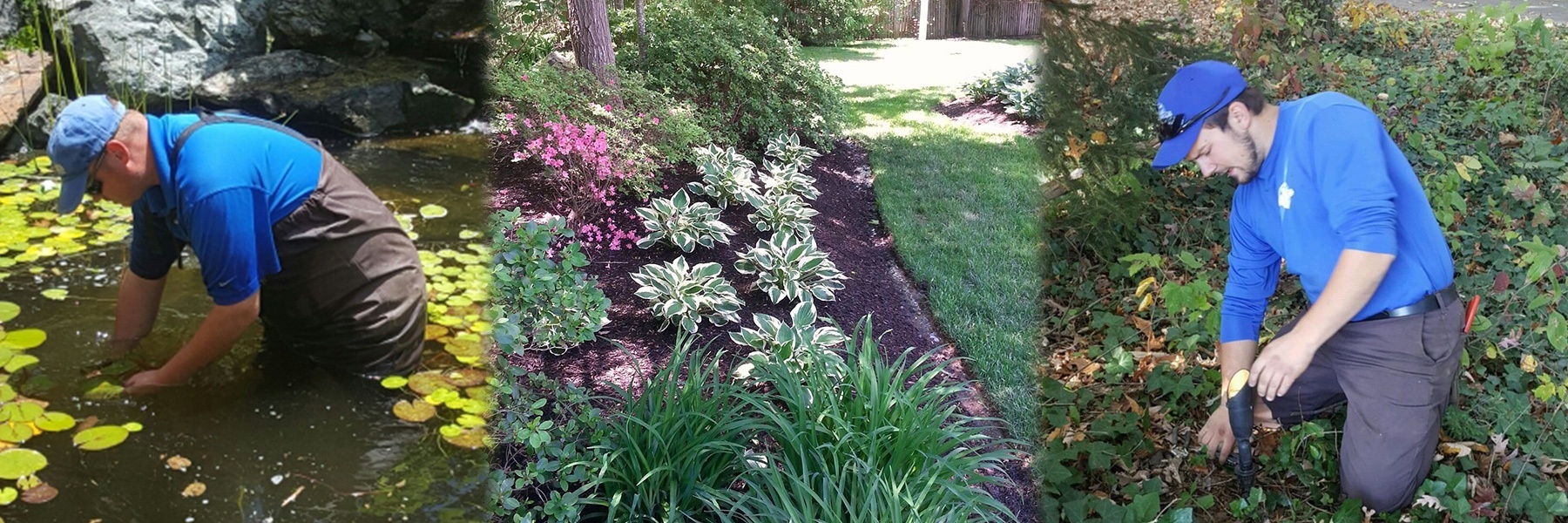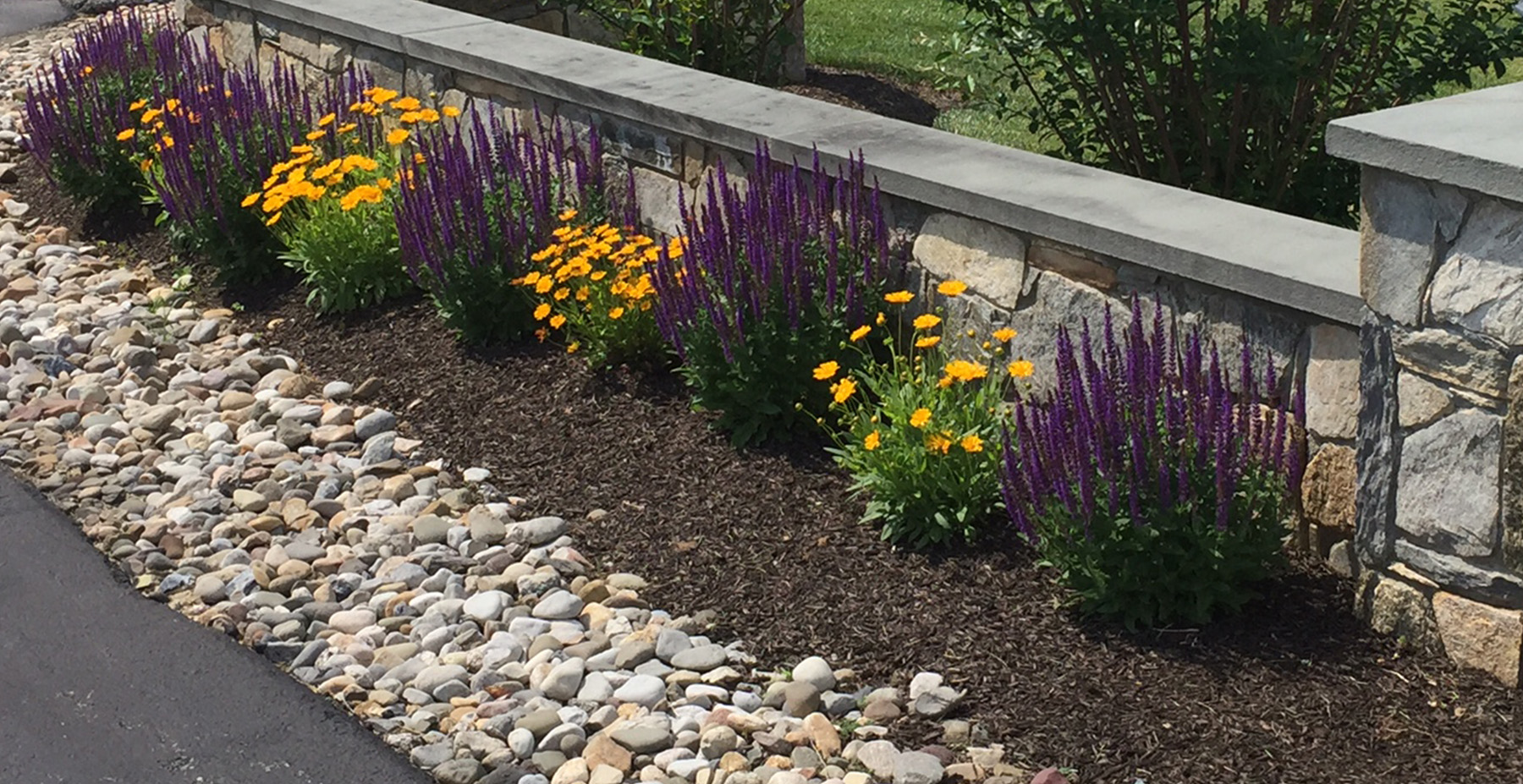Five Steps for Landscape Cleanup Success
When the temperatures begin to rise and the trees start to bud, it’s time to start preparing your landscape for the impending spring growing season. Follow our top five steps below to have your yard primed and ready to bloom.
Step 1: Clear leftover leaves and brush
During the fall and winter months, leaves can fall and become matted down throughout your landscape. It is important to remove these leaves, along with any other yard debris such as branches, etc., that may have fallen due to storms or wind. This not only provides a manicured look, but also allows perennials to bloom and prevents rot caused by wet leaves around trunks of trees and shrubs. You might need to complete this step multiple times because additional leaves and branches blow in and build up after you have cleared old debris.
Step 2: Remove excess mulch
If you are like most people, you start off each spring by laying down new mulch; however, have you ever stopped to see if the old mulch has properly decomposed?
Old mulch can begin to buildup and wreak havoc on your planting bed. It can smother plant root systems, preventing moisture and oxygen from penetrating the layers of mulch and reaching the roots. Thick layers of mulch can also serve as excellent hiding spots for small rodents, who like to feed on plant roots and tree trunks. Lastly, the buildup of the “volcano” of mulch around the trunks of plants can cause trunk rot.
Step 3: Apply a pre-emergent
Weed control is key to maintaining a beautiful and thriving landscape. One way to lessen the number of weeds you will need to contend with is by using a pre-emergent prior to the start of the season. This will help you start out the season with fewer weeds by preventing the growth of weed seeds currently in your landscape. This should not take the place of continued weeding; however, because weeds travel in from surrounding areas throughout the season. You should still plan to weed your landscape throughout the year.
Step 4: Fertilize all planting beds
Fertilizing is key to giving your plants a head start at the beginning of the growing season. Slow release fertilizers are the best option because they continue to feed your landscape throughout the spring season. Make sure that fertilizer is put down before new mulch taking care to avoid the trunks and crowns of plants to prevent burning the plants. Any fertilizer can burn plants if placed too close, even organic fertilizer.
Step 5: Provide planting beds with the right amount of mulch
Mulching provides many benefits to your landscape. It can add to the aesthetic and help planting beds retain moisture while suppressing weeds. It is important to provide the appropriate amount of mulch; however, because too much mulch can actually be harmful to your plants. When mulching around the trunk of plants, make sure to keep the mulch layer thin and use just enough to cover the root ball.








